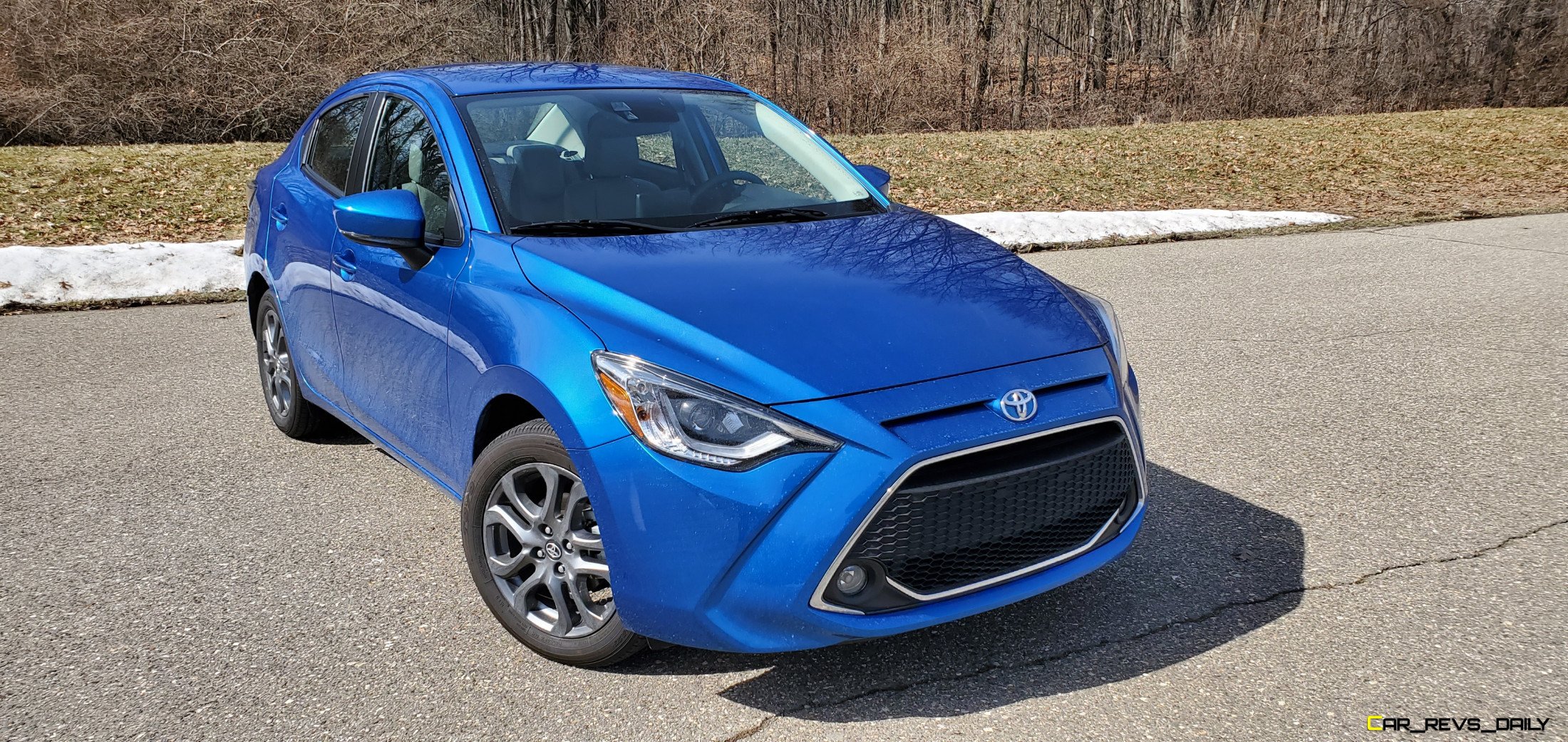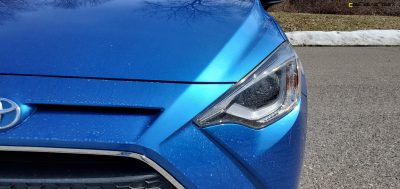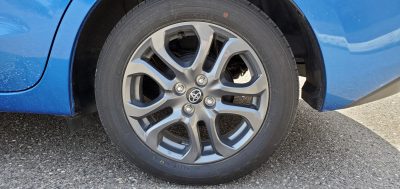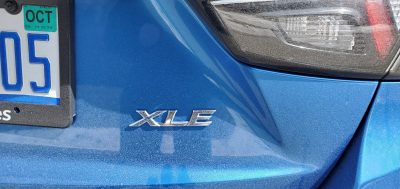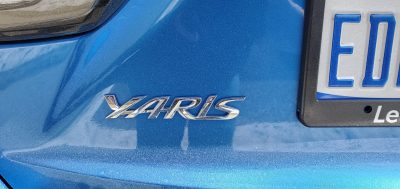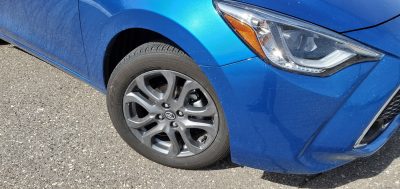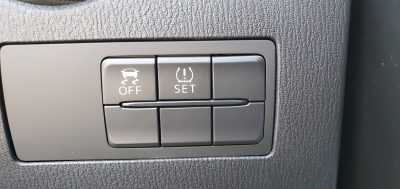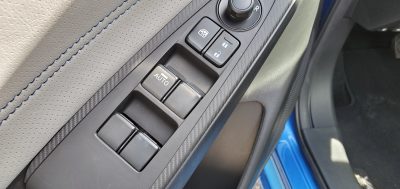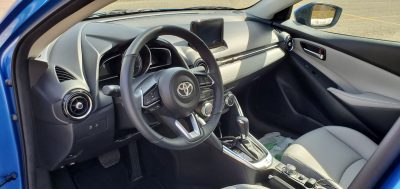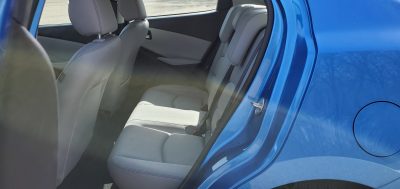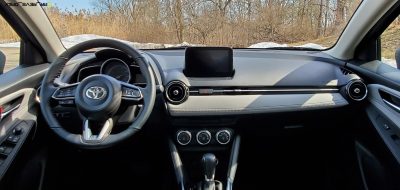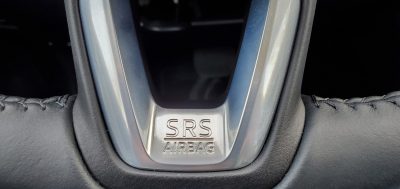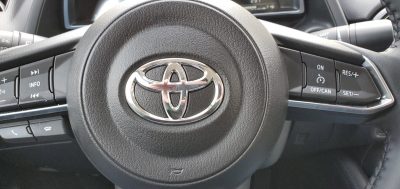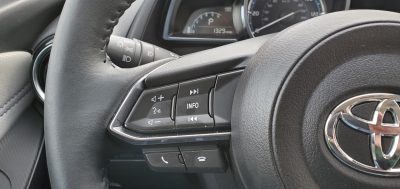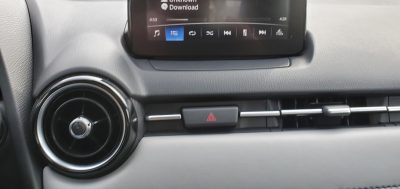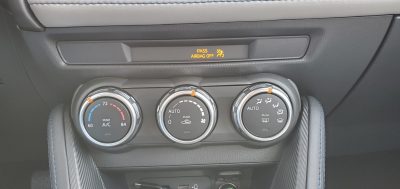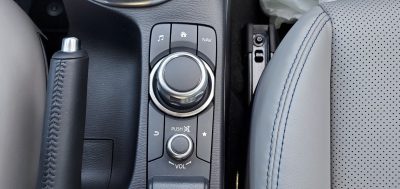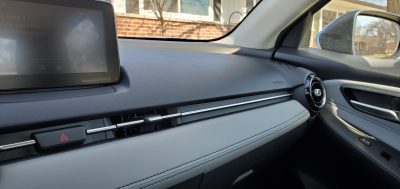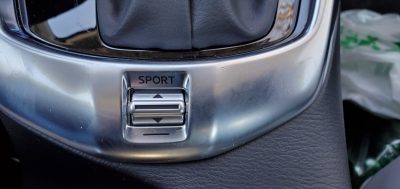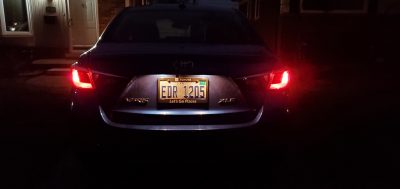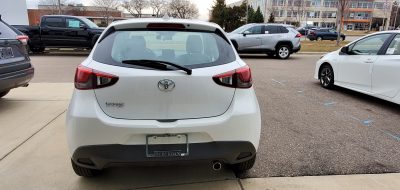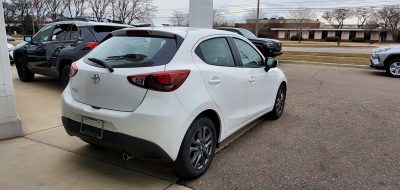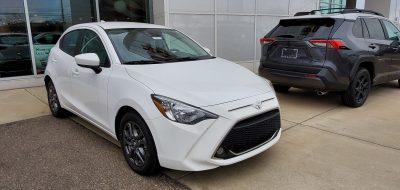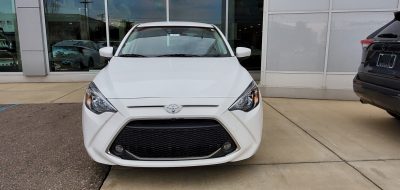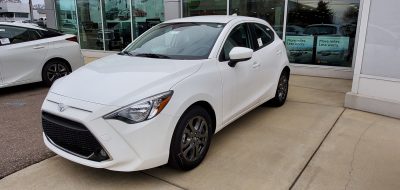The Toyota Yaris has had a very interesting life, with twists and turns worthy of a Tom Clancy novel. Once unveiled as a port of the model lineup for the axed Scion brand, the little four door transitioned to the main Toyota roster where it was briefly sold alongside its cruder predecessor. This went on until it took over the Yaris nameplate a short while ago, and has continued its role as Toyota’s smallest sub-compact offering. When we last met it, it was a few years ago where we had the chance to pilot a manual transmission equipped model. But does the addition of an automatic transmission dilute the driving experience? Or can it actually improve things for drivers?
Same Styling, New Lineup.
When viewing 2020 models like our XLE grade tester, spotting the differences might be difficult at first glance. The bulk of the canvas largely carries over from what we saw in 2019, with only minor tweaks here and there to help the sedan stand out from its predecessor. However, the big change here for 2020 is the addition of a hatchback variant of the Yaris which was unavailable prior to this point. Like the sedan, the hatchback shares much of its bones with the Euro spec Mazda 2, but the hatchback does its part to add more versatility and athleticism to the Yaris. The rear styling in particular is where the bulk of its Mazda DNA stands out, with the white example we visited at our local Toyota dealer looking pretty much the same as it would on the Mazda 2.
Back to the sedan, and the styling here is still very expressive and spirited. The front fascia still looks like something that we encountered at the local fish market, but the Sapphire Blue paint as well as the bigger 16-inch wheels really made a stylish statement and is also a step up over the Chromium Grey hue that we last encountered. We suspect that the same combination would look even better on the hatchback too, and we would actually recommend it over more vibrant colors like red or even black. Meanwhile, the rear styling remains unchanged, and that’s a good thing considering that the sedan’s taillights are actually very stylish at night. When compared to rivals, the Yaris’s styling puts it in roughly the middle of the road in terms of the segment. The tiny Toyota certainly has a leg up over the Kia Rio and the Honda Fit, but it does lack some of the sophistication and polish that the Accent manages to cram into its budget focused physique. Part of the blame lies with the grafted on nose which causes the rest of the styling to contrast with it creating an unbalanced look from some angles as a result. We hope that Toyota will eventually infuse some whiffs of the Supra to the front facia which would not only allow the Yaris to look more balanced, but also meaner at the same time.
Mazda Lineage Defines The Cabin:
Wheras the exterior is a mishmash of Toyota and Mazda traits, the interior doubles down on the Mazda heritage, and we are glad that it does. The materials in our tester were first rate, and for a segment that is often defined by a prominent price point, the Mazda sourced bones actually create a very welcoming design. We like the way the dashboard has a clean presentation, and the various controls are laid out in a very cohesive manner. You can’t hide the fact that the cabin is very narrow with the end result being that shoulder room is very tight. In contrast, leg room is average for adults in the front seats, with the rear seats even having good amounts of room. That said, some of the ergonomic quirks of the interior have been retained for 2020, this includes the awkwardly placed start/stop button which requires you to actually move your finger under the fat windshield washer stalk. We said in our prior encounter that this was one of the worst setups we have ever seen in a modern automobile, and our opinion remains unchanged here. The center armrest is also a bit too short and with it being fixed in place, it does become uncomfortable to use very quickly.
The Mazda sourced infotainment system carries over to this unique hybrid, and is the case with other Mazda models, it has a very BMW-esque look and feel to it. The screen is a bit on the small side, but various menus and functions are accessed with a prominent control knob. Like our last Yaris tester, navigation is available, but it requires buyers to buy a separate SD card to make full use of it. Use it without the card in place (like we did) and you will be greeted with a message informing you that you are missing the fore-mentioned card. The sound quality of the stereo is pretty good, but we did discover that bass heavy tracks do turn the doors into a rattle trap. The leatherette seats in our tester were comfortable places to spend times in and they are a welcome upgrade over the cloth seats that are in base Yaris units. The trunk in our car can easily swallow a days worth of groceries, but bulkier items will require you to fold down the rear seats especially if your hauling larger items.
The Ultimate Budget Performance Choice:
With the good vibes already generated by the exterior and the interior, the performance of the 2020 Toyota Yaris still remains one of the most underrated elements of the entire car. While it will not hold a candle to its corporate stablemate the Toyota GT86, the Yaris retains its ability to be a car that can be fun even when driven at more sensible speeds. This is not due to the rather anemic 1.5 liter naturally aspirated four cylinder engine which only produces a modest 106 horsepower, and makes the sprint to 60 mph a leisurely jog. Rather, it’s what’s built around the engine that makes the Yaris a fun little econocar with the Mazda2’s platform creating a very secure platform for engineers. Handling for instance is very commendable, with the steering delivering a balanced mixture of heft and progression. As expected in a budget focused entry, road feel is non existent thanks to the ample amounts of boost in the electrically assisted steering rack, but the wheel is nicely sized, and it fits in the hands well. When it comes to having the best fun for the dollar recipe in the budget compact segment, the Yaris wins the award hands down.
Braking in our tester was also strong, with good pedal travel and even good amounts of bite. Our tester came equipped with the optional Mazda sourced six speed automatic gearbox, and it did a good job delivering smooth shifts, and retains the precision and accuracy that we have experienced in other Mazda products. It even has a very sharp Sport mode that allows the throttle to be more assertive while the revised gear map allows the driver to have better control over the ample amount of torque and mid-range punch that the engine has at its disposal. It also allows the Yaris to outshine the Honda Fit and the Kia Rio in dynamic exercises. However, the Yaris still comes up short against the Ford Fiesta. While the Fiesta did leave production not too long ago, there are still some new units in dealer inventory, thus we lumped it in for comparison sake.
Value Quotient:
Pricing for the Toyota Yaris is still its greatest asset, and thankfully the 2020 model year did not see too much of an increase, with the base Yaris L still having a budget friendly sticker of $15,650. LE models are envisioned to be the volume seller here, and have a base price of $16,650. This trim also has considerably more standard equipment than the L, and that should please buyers looking to have a balance of price and equipment. Step up to the XLE like our tester, and you will be greeted with a $18,750 base sticker. Our lightly optioned tester only had one or two add ons, and this helped it ring in at $19,680 before taxes. This is just below the $20,000 barrier, and is also lower than the Honda Fit EX-L model which starts at a higher $20,620. Yaris hatchback buyers looking to take the plunge will have to make note of the revised trim ladder. Unlike the sedan, all hatchback models start at the LE model, and buyers can only move up to the range topping XLE five-door. Toyota claims that the hatchback is viewed as more of a premium offering versus the sedan, so part of us understands why Toyota made this particular move.
When it comes to living up to the sum of all of its parts, the 2020 Toyota Yaris XLE certainly does a good job of achieving this. By using all of the characteristics that make the Mazda lineup such a joy to own, and wrapping them into a Toyota badge and the value pricing that comes with it, this little hybrid stands out amongst a shrinking sea of contenders in the compact segment. While pressure from CUVs is still a threat to the segment itself, perhaps some of the economic fallout from the Coronavirus outbreak could cause buyers to steer clear of pricier (and bigger utilities) and instead consider buying budget friendly models like the Yaris.

Carl Malek has been an automotive journalist for over 10 years. First starting out as a freelance photographer before making the transition to writing during college, his work has appeared on numerous automotive forums as well as websites such as Autoshopper.com.
Carl is also a big fan of British vehicles with the bulk of his devotion going to the Morgan Motor Company as well as offerings from Lotus, MG, and Caterham. When he is not writing about automobiles, Carl enjoys spending time with his family and friends in the Metro Detroit area, as well as spending time with his adorable pets.

